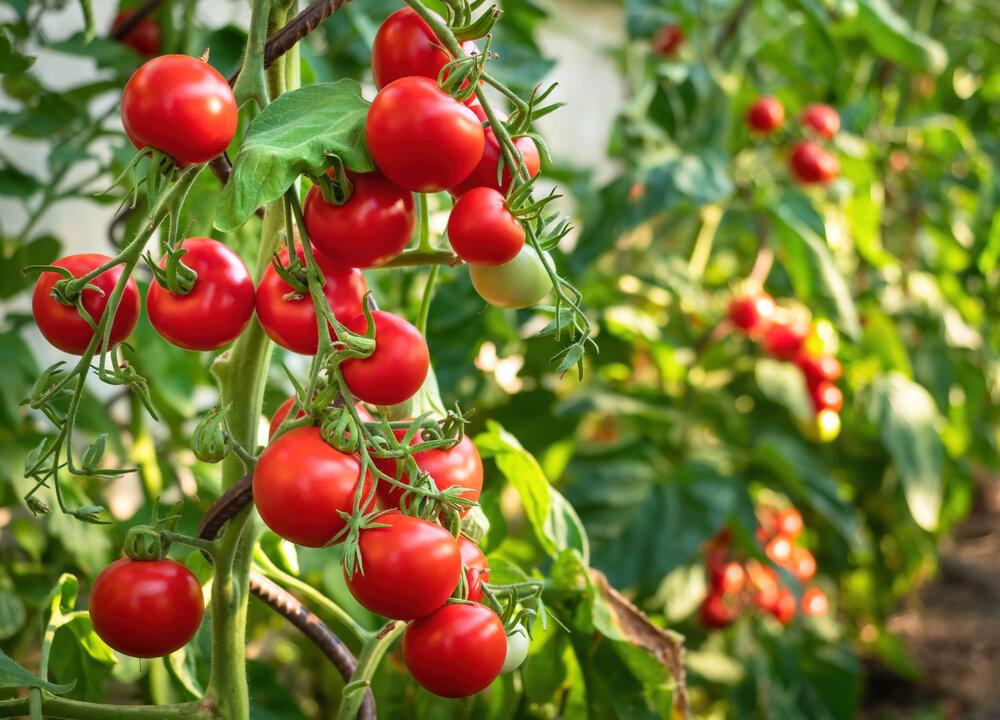Think of your garden as a family, and plant it similarly to seating guests at a Thanksgiving dinner (which will hopefully feature some of your fall harvest!). You can seat Aunt Samantha anywhere and she’ll liven up the table. You want to put Aunt Olivia near the nieces she never gets to see so they can all catch up and have the best time possible.
At the same time, you might want to seat those relatives with equally passionate yet widely different political views far apart.





